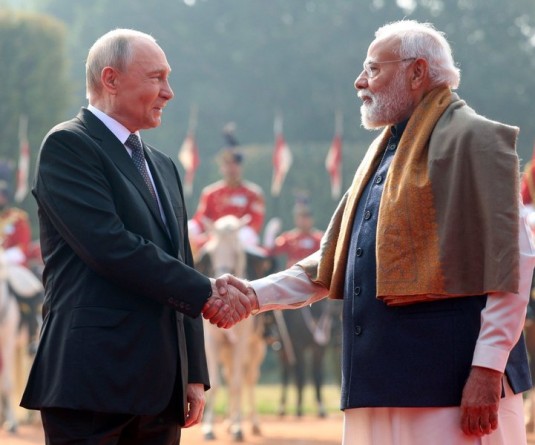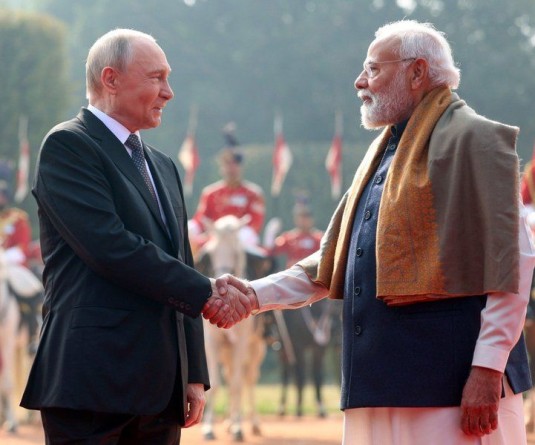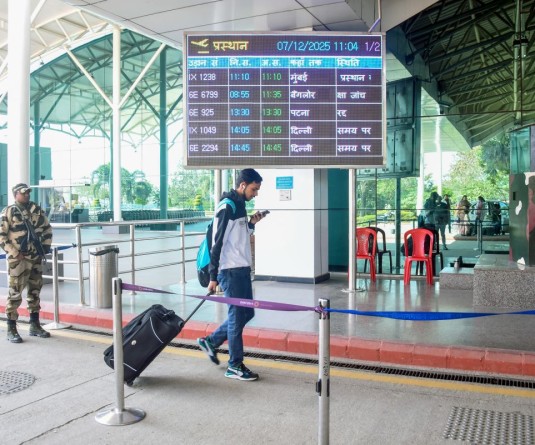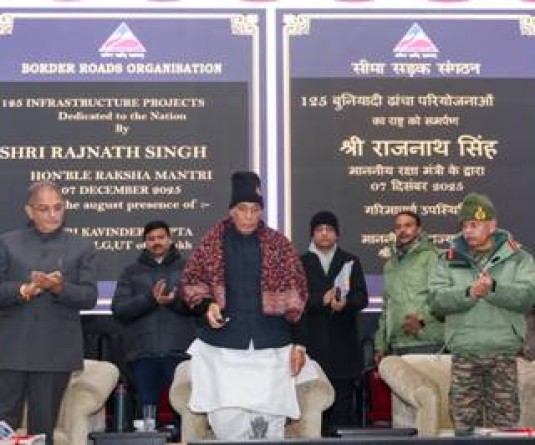
Mumbai, March 1 (DNA): The finance minister, in his budget speech, was self-congratulatory about the UPA government's spending on social sectors, which he claimed would continue well into the coming fiscal year. His speech highlighted over several paragraphs the various inclusive measures the government had already undertaken and emphasised the increasing resources that he was allocating to them.
But a look at the actual numbers tells a rather different story. It turns out that in the most important areas — and in fact for the flagship schemes of the UPA government — the budgetary allocations are hardly increasing in real terms and are even expected to fall in some cases.
Consider the issue which dominates in public consciousness today, that of food prices. The finance minister proudly announced that the government would soon table a National Food Security Bill in line with its long-time promises. All official estimates on this, regardless of whether they agree in other particulars or not, recognise that this will involve an increase in the food subsidy, from anything between Rs10,000 crore to as much as Rs50,000 crore. But the budgetary allocation for the food subsidy has actually fallen, from Rs60,600 crore to Rs60,573 crore.
Also, if the government is serious about its food security legislation, it must significantly strengthen and expand the public distribution system (PDS). How serious it is can be gleaned from past spending on this: in the current year, the UPA government has spent the princely sum of Rs4.25 crore on food management and strengthening the PDS. No doubt as a sign of its positive intentions, it has increased the allocated amount by Rs85 lakh! This amount might just about provide “food management” for a single wedding party in some of our more affluent households, but it is unlikely to have much impact on the somewhat larger Indian population.
Then take the National Rural Employment Guarantee Scheme, for which the FM complacently noted that the central government had agreed to index the wages to inflation (though it has still not agreed to pay minimum wages!).
The allocation for NREGS has not increased at all, from its level of Rs40,000 crore. Does this mean that the finance ministry is anticipating that fewer days of employment will be created in the coming year?
The Right to Education Act was the result of prolonged struggles and agitation by civil society, and it is once again seen as a major achievement of this government, even though it was effectively necessitated by a constitutional amendment some time ago.
To be meaningful it requires a significant injection of resources. So what do we find? Spending on elementary education is slated to increase by a measly 11% (or by less than Rs3,000 crore) which means it will not even keep pace with nominal GDP. Secondary education gets a bigger hike of 26%, but because it is on a low base, the increase amounts to only Rs1,692 crore.
The other flagship programme, the National Rural Health Mission, gets an increase of 19%, but even so the increase remains small in nominal terms, of only Rs2,600 crore, which is shocking for a programme that increasingly bears the burden of providing health access to the majority of the Indian population.
There are much worse shockers. Central government spending on public health, which was already abysmally low at Rs2,767 crore, is set to decline by Rs607 crore! No wonder immunisation rates are actually declining in several states of India.
The budget for the Indira Awas Yojana, which provides housing for those below the poverty line in rural areas, has been slashed by Rs338 crore, so that it is now less than Rs9,000 crore. However, tax give-aways for the rich in the urban housing market continue and have even been expanded.
Other anomalies abound. In a welcome move, the government has increased the remuneration of anganwadi workers and helpers in the Integrated Child development Scheme (ICDS) to Rs3,000 per month and Rs1,500 per month respectively.
(Once again, this is still below the minimum wage in many states, certainly for the helpers, which is why the government is forced to call this payment a remuneration rather than a wage.) To implement this would require another Rs2,000 crore in resources. But the budgetary allocation for ICDS has been increased by only Rs624 crore! A government official appearing on TV, when faced with some of these questions, was forced to declare that in the social sectors it is not about outlays but outcomes! As it happens, we do have some of the worst human development indicators in the world, which is unsurprising given our continually low outlays.
The question is whether the people of India are really as stupid as the government seems to think, in terms of being easy to fool in such an obvious way.
Jayati Ghosh, economics professor, Jawaharlal Nehru University
But a look at the actual numbers tells a rather different story. It turns out that in the most important areas — and in fact for the flagship schemes of the UPA government — the budgetary allocations are hardly increasing in real terms and are even expected to fall in some cases.
Consider the issue which dominates in public consciousness today, that of food prices. The finance minister proudly announced that the government would soon table a National Food Security Bill in line with its long-time promises. All official estimates on this, regardless of whether they agree in other particulars or not, recognise that this will involve an increase in the food subsidy, from anything between Rs10,000 crore to as much as Rs50,000 crore. But the budgetary allocation for the food subsidy has actually fallen, from Rs60,600 crore to Rs60,573 crore.
Also, if the government is serious about its food security legislation, it must significantly strengthen and expand the public distribution system (PDS). How serious it is can be gleaned from past spending on this: in the current year, the UPA government has spent the princely sum of Rs4.25 crore on food management and strengthening the PDS. No doubt as a sign of its positive intentions, it has increased the allocated amount by Rs85 lakh! This amount might just about provide “food management” for a single wedding party in some of our more affluent households, but it is unlikely to have much impact on the somewhat larger Indian population.
Then take the National Rural Employment Guarantee Scheme, for which the FM complacently noted that the central government had agreed to index the wages to inflation (though it has still not agreed to pay minimum wages!).
The allocation for NREGS has not increased at all, from its level of Rs40,000 crore. Does this mean that the finance ministry is anticipating that fewer days of employment will be created in the coming year?
The Right to Education Act was the result of prolonged struggles and agitation by civil society, and it is once again seen as a major achievement of this government, even though it was effectively necessitated by a constitutional amendment some time ago.
To be meaningful it requires a significant injection of resources. So what do we find? Spending on elementary education is slated to increase by a measly 11% (or by less than Rs3,000 crore) which means it will not even keep pace with nominal GDP. Secondary education gets a bigger hike of 26%, but because it is on a low base, the increase amounts to only Rs1,692 crore.
The other flagship programme, the National Rural Health Mission, gets an increase of 19%, but even so the increase remains small in nominal terms, of only Rs2,600 crore, which is shocking for a programme that increasingly bears the burden of providing health access to the majority of the Indian population.
There are much worse shockers. Central government spending on public health, which was already abysmally low at Rs2,767 crore, is set to decline by Rs607 crore! No wonder immunisation rates are actually declining in several states of India.
The budget for the Indira Awas Yojana, which provides housing for those below the poverty line in rural areas, has been slashed by Rs338 crore, so that it is now less than Rs9,000 crore. However, tax give-aways for the rich in the urban housing market continue and have even been expanded.
Other anomalies abound. In a welcome move, the government has increased the remuneration of anganwadi workers and helpers in the Integrated Child development Scheme (ICDS) to Rs3,000 per month and Rs1,500 per month respectively.
(Once again, this is still below the minimum wage in many states, certainly for the helpers, which is why the government is forced to call this payment a remuneration rather than a wage.) To implement this would require another Rs2,000 crore in resources. But the budgetary allocation for ICDS has been increased by only Rs624 crore! A government official appearing on TV, when faced with some of these questions, was forced to declare that in the social sectors it is not about outlays but outcomes! As it happens, we do have some of the worst human development indicators in the world, which is unsurprising given our continually low outlays.
The question is whether the people of India are really as stupid as the government seems to think, in terms of being easy to fool in such an obvious way.
Jayati Ghosh, economics professor, Jawaharlal Nehru University






